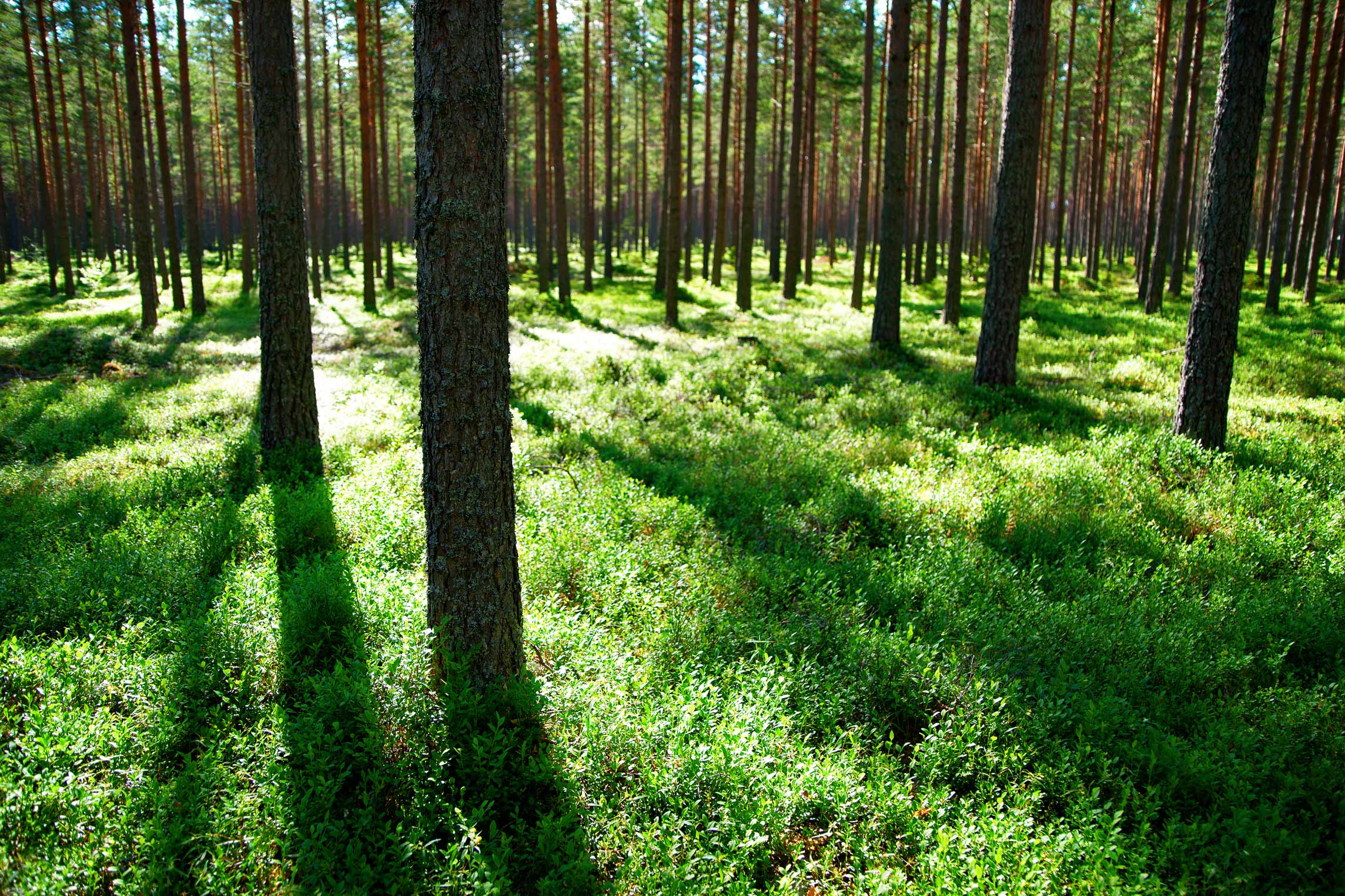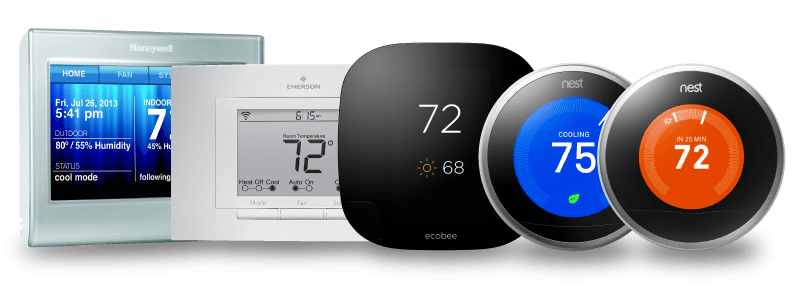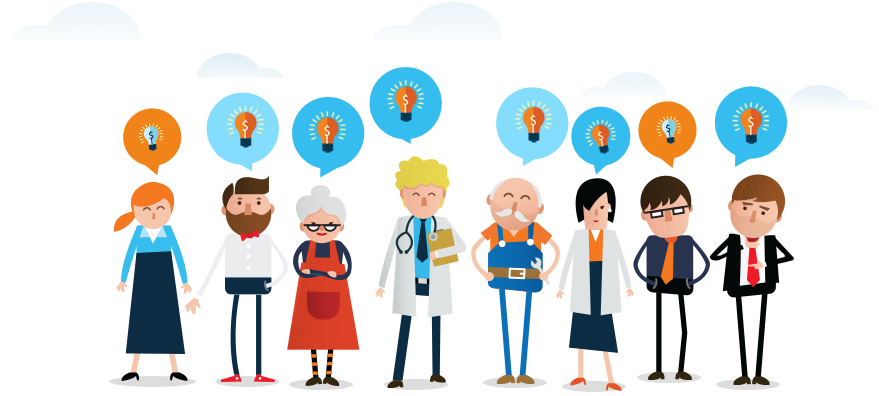Right up until the early 1970s, Sweden depended heavily on oil for energy supply. 75% of energy generated came from oil. But in 1973 something happened that changed Sweden forever, and forced them to learn valuable energy lessons.
After the infamous 1973 oil crisis Sweden was forced to re-think the way it produced energy. Fast forward to 2015 and Sweden is one of the most forward-thinking countries in the world with a 99% rate of waste-recycling and one of the lowest per-capita carbon emission rates for a developed country.
Sweden announced that it wanted to promote “efficient and sustainable energy use and a cost-effective energy supply” that would “facilitate the transition to an ecologically sustainable society”.
Here’s the top 5 lessons Australia could learn from Sweden:
Energy lessons #1: High energy consumption doesn’t have to mean high carbon emissions
Sweden consumes a quite a substantial amount of electricity per capita, but this doesn’t mean Sweden is is leaving a giant carbon footprint behind in it’s wake. Despite very few countires consuming more energy than Sweden, the countries carbon emissions are unbelievably low in comparison.
How you ask? 78% of electricity produce in Sweden comes from a mix of Nuclear and Hydroelectric power. Neither of these produce any carbon emissions. A further 4% of electricity is produced by wind power.
Energy lessons #2: Educating Households
The Swedish government has invested and continues to invest heavily in providing information and advice for households in order to optimise their energy consumption and save power. Energy advisers are assigned to each region in Sweden, and households can turn to them for guidance.
A law was introduced in 2008 which requires builders to provide a declaration on the amount of energy the building will consume in comparison with others. The scheme aims to promote more efficient energy use.
Energy lessons #3: Getting Companies on Board
A growing number of Swedish businesses are investing in renewable energy. One example is the Wallenstam property company, which, besides dealing in real estate and renting out flats, owns 41 hydroelectric and wind power plants around Sweden. Wallenstam produces green electricity that it uses in its own operations and also offers to tenants and other customers.
Other sectors are also putting greater emphasis on green energy and energy conservation. IKEA, for instance, adopted a new sustainability strategy in 2012. Its aim is not just to conserve more energy itself but also to help customers make sustainable choices. IKEA’s goal is to become totally self-sufficient by 2020 wherever it operates around the world. In Sweden, it has already achieved a 98 per cent green energy rating through investments in wind power, geo-energy and renewable district heating.
Leading by example has encouraged other business to start making smarter choices when it comes to sustainability and the movement has continued to grow.
Energy lessons #4: No more energy-wasting products
It started with light bulbs. Following a three-year phase-out, conventional light bulbs may neither be imported into nor manufactured in Sweden, and have been replaced by low-energy bulbs, halogen lights and LEDs. Today, more and more products that waste energy are being phased out through the EU Renewables Directive.
As a result of minimum standards being set for various technical products, there is great potential for reducing energy consumption – and climate-changing emissions – across Europe. Among the products that have been made subject to stricter energy requirements – along with light bulbs – are televisions, digital TV boxes, white goods, circulation pumps and electric motors.
The EU’s Ecodesign Directive applies to sales of new products throughout the EU. The minimum requirements imposed on product groups will lead to major reductions in energy consumption. The ecodesign requirements, together with the energy labelling of products, are expected to save about 1,110 TWh within the EU by 2020 – the equivalent of almost twice Sweden’s annual energy consumption.
Energy lessons #5: Working towards zero waste
Wouldn’t it be great if no household waste was wasted? If each and every item of refuse was turned into something else – new products, raw materials, gas or at least heat?
Sweden is almost there. More than 99 per cent of all household waste is recycled in one way or another. This means that the country has gone through something of a recycling revolution in the last decades, considering that only 38 per cent of household waste was recycled in 1975 (see chart).
Today, recycling stations are as a rule no more than 300 metres from any residential area. Most Swedes separate all recyclable waste in their homes and deposit it in special containers in their block of flats or drop it off at a recycling station. Few other nations deposit less in rubbish dumps.








